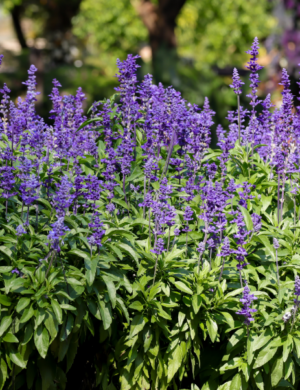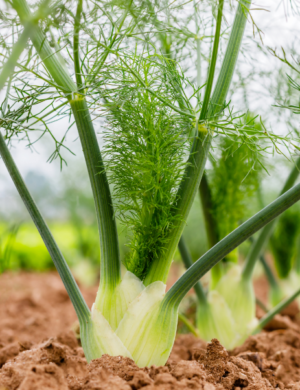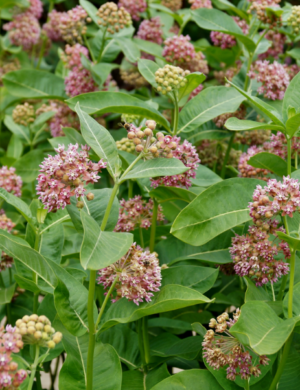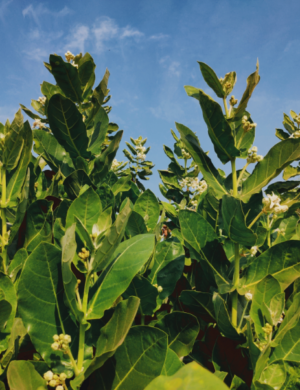Dill
$19.99
- Annual herb with feathery foliage and umbrella-shaped flower clusters, adding visual interest to gardens.
- Attracts swallowtail butterflies, enhancing garden biodiversity and supporting pollinator populations.
- Harvest leaves for culinary use or let plants flower for beneficial insects, offering dual functionality in the garden.






